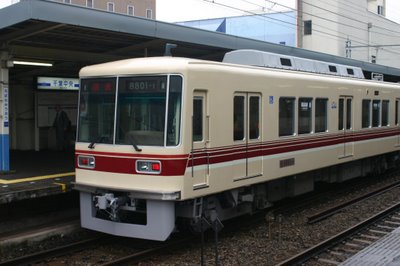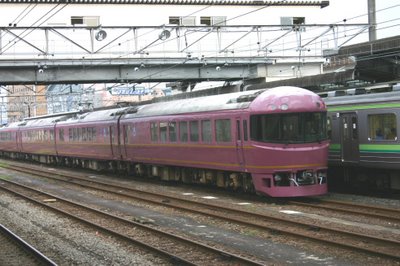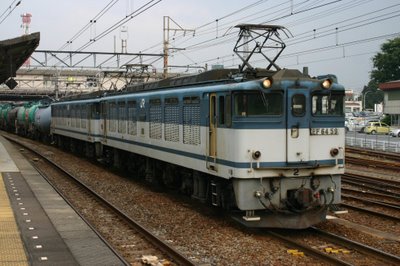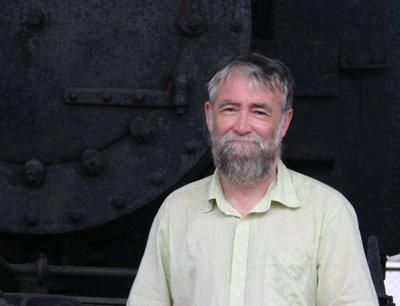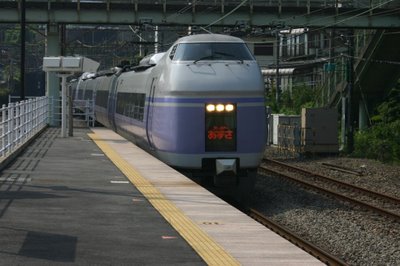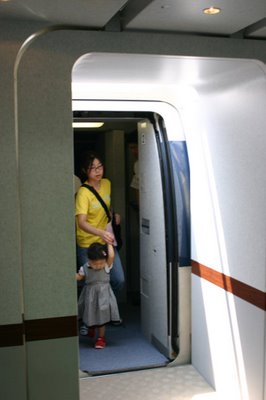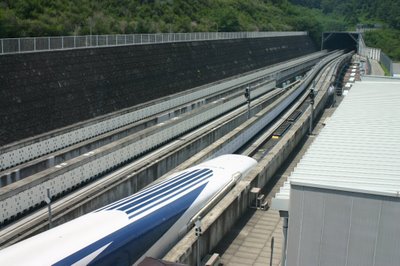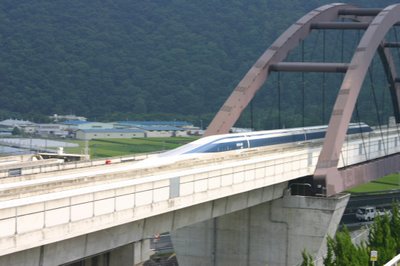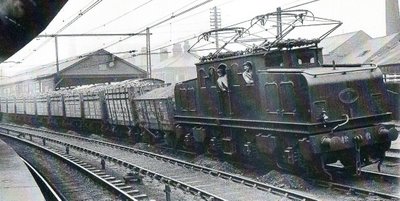'Stainmore 150' web site open

Due to personal circumstances 'Railway Roundabout' has been 'off air' for three years but I think that the time has come to resurrect this 'blog' - although probably on an occasional rather than a regular basis.
I have become very involved with the 'Stainmore Railway Company' project at Kirkby Stephen East, which will involve re-opening a short section of this coast-to-coast line across the north of England in some beautiful countryside just to the west of the little town of Kirkby Stephen.
2011 is the 150th anniversary of the first passenger trains to operate on the route, and during the year steam trains will be running again in this quiet corner of Cumbria.
I have just published a first version of a large web site that will be used to advertise details of the programme of events during 'Stainmore150'. If you want to read more about the history of the line and the plans for 2011 take a look here!
.jpg)
.JPG)
.JPG)
.JPG)








